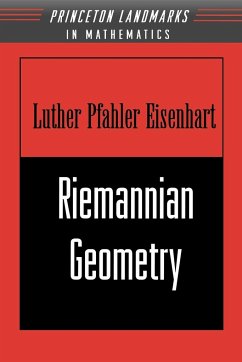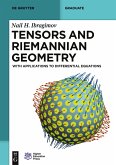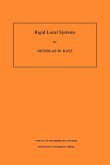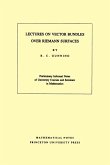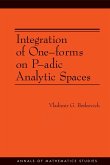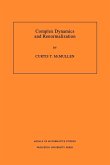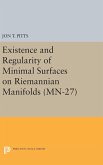In his classic work of geometry, Euclid focused on the properties of flat surfaces. In the age of exploration, mapmakers such as Mercator had to concern themselves with the properties of spherical surfaces. The study of curved surfaces, or non-Euclidean geometry, flowered in the late nineteenth century, as mathematicians such as Riemann increasingly questioned Euclid's parallel postulate, and by relaxing this constraint derived a wealth of new results. These seemingly abstract properties found immediate application in physics upon Einstein's introduction of the general theory of relativity. In this book, Eisenhart succinctly surveys the key concepts of Riemannian geometry, addressing mathematicians and theoretical physicists alike.
Hinweis: Dieser Artikel kann nur an eine deutsche Lieferadresse ausgeliefert werden.
Hinweis: Dieser Artikel kann nur an eine deutsche Lieferadresse ausgeliefert werden.

